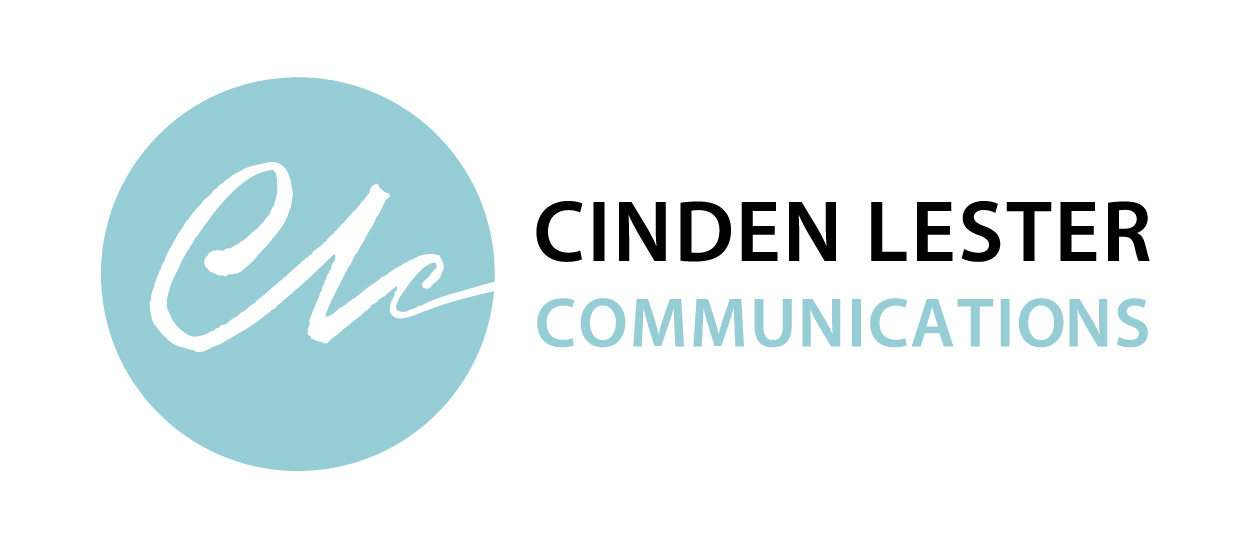
Not long after I started my career as a radio journalist, there was a shooting on the main road right outside our newsroom. Handing me a tape recorder and microphone (yep, it was that long ago) my news director simply said ‘Go!’.
Downstairs I saw ambulance officers trying to revive someone, police setting up road blocks, shocked bystanders milling around. In this particular case, a man had been shot after pulling a gun on police.
Back then, as a journalist, my job was to ask questions and find out what happened. In other words, report the facts.
This was about a year before the ‘birth’ of the Internet. Some 10 000 days later and—under the influence of viral social media posts, clickbait headlines and filtered news feeds—it seems the facts have less currency.
A recent article by Katharine Viner, editor-in-chief at The Guardian, discusses How technology disrupted the truth. It’s a fascinating and sobering read. Here are just a few snippets.
- A Daily Mail journalist said it was OK to report something even if you couldn’t verify that it was true, and that it was up to readers to decide whether to give it any credibility. But, as the article goes on to ask, ‘based on what? Gut instinct, intuition, mood?’
- A backer of the Brexit Leave.Eu campaign said it was based on the premise that ‘Facts don’t work’ and that ‘You have got to connect with people emotionally’. And just hours after the historic vote, key players conceded that two of the main Leave.EU claims (more money to spend on the national health service and reduced immigration) were not likely to happen.
- British Internet activist, Tom Steinberg, demonstrated the strength of social media filtering that reflects our pre-existing beliefs when he could not find anyone happy about the Brexit leave vote, despite actively searching through Facebook. He described the outcome as ‘countries where one half doesn’t know anything about the other’.
So how do we make the facts interesting and engaging in an era where just about anyone can publish just about anything, where clicks have more currency than the truth, and where mountains of posts are shared daily in the ‘information cascade’ that has ‘unstoppable momentum’?
Make it real.
Your facts and figures might not have dramatic news story behind them, but there is usually a way to tell a meaningful story that illustrates the data.
As Professor of Marketing at Stanford University, Jennifer Aaker, explains we respond to stories more readily than facts and figures. She says stories are meaningful because they are memorable, impactful and personally connect. And when facts and figures are woven into a story, it resonates with us on both an emotional and intellectual level. Professor Aaker describes four characteristics of an effective story:
- goal—why are you telling the story in the first place?
- grab attention—why would your audience want to listen?
- engage—why would your audience care?
- enable action—why would your audience want to share the story?
When developing your goal, understand what your audience is thinking now and what you want them to do, feel or think after hearing your story.
Personal anecdotes, case studies, individual examples—these are all effective ways to tell stories that bring facts to life.
Telling the right story to the right people at the right time is a powerful communication tool, and an effective way of giving currency back to the facts.
| Cinden Lester has more than 25 years’ experience as a professional writer, editor and communications specialist. She worked as a broadcast journalist, in private sector marketing and public relations, and in government communications before establishing her own Canberra-based communications consultancy in 2000.
Contact Cinden if you’d like help with your communications. |

